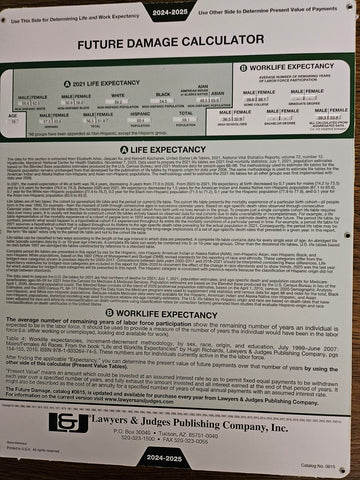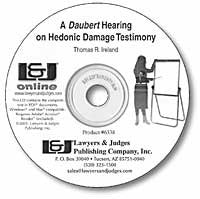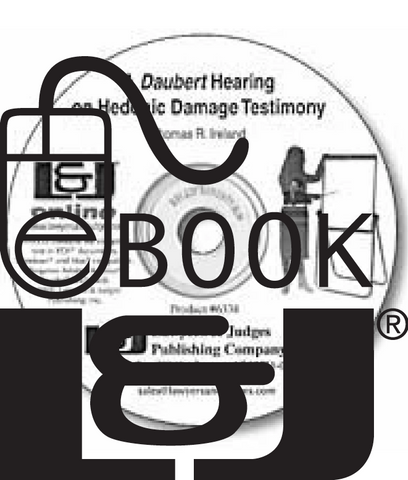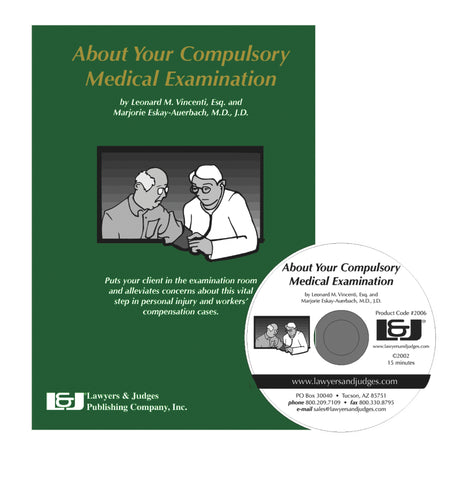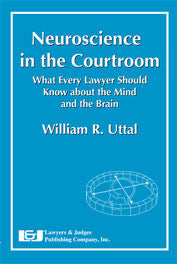
Neuroscience in the Courtroom
- Author: William R. Uttal
- ISBN 10: 1-933264-38-1
- ISBN 13: 978-1933264-38-7
- Copyright Date Ed: September 1, 2008
- Pages: 288 pages
- Binding Information: Paperback
- Size: 6 ✕ 9 Inches (US)
Reading a person’s mind is often attempted in legal cases. There are many legal and ethical questions surrounding these attempts and the science behind them. Neuroscience in the Courtroom presents the most current research in the neuroscience area as it relates to the legal arena. In this text you will learn about the distinctions between the brain and the mind. You will also be introduced to the most recent research on detecting deception, control of aggression and the brain, cognitive disorders and brain adaptations, ethics and reliability and validation of testing and studies, and more. Actual science is distinguished from pseudo-science . This text discusses the scientific validity of information from this research as it relates to use in the courtroom. The author, William R. Uttal, also compares the results to the standards for scientific evidence presented in trial set by the Frye and Daubert criteria. He also makes recommendations as to whether or not this type of information should be admissible in court at this time. This book is an excellent starting point for any legal professional looking to understand the human mind and how research on it has impacted today’s court proceedings and evidence presented.
This book is also available as an E-book. Click here to purchase and download:
Topics include:
- The mind
- The brain
- Challenges to reading the mind
- Detection of deception
- Brain imaging
- Neuropsyhchology
- Neuropsyhcological testing
- Aggression
- Cognitive dysfunction
- Mental illness
- Multifactorial nature of behavior
- Ethics
- Admissibility in court
- And more
Table of Contents
Introduction
Chapter 1: What is the Mind?
1.1 Introduction
1.2 A Short History of the Mind
1.3 What are the Major Challenges to Mind Reading in the Courtroom?
A. Inaccessibility
B. Irreducibility and Modularity
C. Complexity
D. Stochastic Nature of Mind
E. Explanation and Description
Chapter 2: What is the Brain?
2.1 Introduction
2.2 A Short History of the Brain
2.3 Theories of How the Mind is Produced by the Brain
2.4 Brain Imaging Methods
A. Positron Emission Tomography
B. Functional Magnetic Resonance Imaging (fMRI)
2.5 The Analysis of fMRI Data
2.6 On Variability and Reliability
Chapter 3: Brain Images and the Detection of Deception
3.1 Introduction
3.2 A History of Lie Detection
3.3 A Meta-Review of the Empirical Literature Supposedly Supporting the Use of Brain Imaging as a Lie Detector
A. Spence, Farrow, Herford, Wilkinson, Zheng, and Woodruff (2001)
B. Langleben, Schroeder, Maldjian, Gur, McDonald, Ragland, O’Brien, and Childres (2002)
C. Lee, Liu, Tan, Chan, Mahankali, Feng, Hou, Fox, and Gao (2002)
D. Ganis, Kosslyn, Stose, Thompson, and Yurgelun-Todd (2003)
E. Spence, Hunter, Farrow, Green, Leung, Hughes, and Ganesan (2004)
F. Kozel, Revell, Loberbaum, Shastri, Elhai, Horner, Smith, Nahas, Bohning, and George (2004)
G. Kozel, Padgett, and George (2004)
H. Kozel, Johnson, Mu, Grenesko, Laken, and George (2005)
I. Langleben, Loughhead, Bilker, Rupare, Childress, Busch, and Gur (2005)
J. Davatzikos, Ruparel, Fan, Shen, Acharyya, Loughhead, Gur, Langleben (2005)
K. Phan, Magalhaes, Ziemlewicz, Fitzgerald, Green, and Smith (2005)
L. Lee, Liu, Chan, Ng, Fox, and Gao (2005)
M. Nunez, Casey, Egner, Hare, Hirsch (2005)
N. Abe, Suzuki, Tsukiura, Mori, Yamaguchi, Itoh, and Fujii (2006)
O. Grezes, Berthoz, and Passingham (2006)
P. Mohamed, Faro, Gordon, Platek, Ahmed, and Williams (2006)
3.4 A Summary of the Sixteen Experiments on Brain Images and Lie Detection
A. Which Areas are Identified as the Point of Maximum Activity?
B. What Areas, Other than Maximum Peaks, Are Involved?
C. Some Inescapable Conclusions
3.5 Evaluation of the Use of Brain Images as Lie Detectors
A. There is No Single Place or Group of Places that Has Been Empirically Associated with Deception or Any Other Mental Process
B. Brain Images Do Not Measure Mental Activity Any More Directly Than Does the Polygraph
C. Lying or Deception is an Ill-Defined Process Probably Composed of Many Different Mental Processes
D. Validity of the Measures
E. Practical Problems
3.6 Interim Conclusions
Chapter 4: The Brain and the Control of Aggression
4.1 Introduction
4.2 Who are the Neuropsychologists?
A. Neuropsychologists
B. Forensic Neuropsychologists
C. Cognitive Neuroscientists (Physiological Psychologists)
D. Psychiatrists (Biological and Functional)
E. Neurologists
4.3 What is Neuropsychology?
A. Case Studies
4.4 The Problems of Neuropsychological Test Reliability and Validation
A. Neuropsychological Tests
B. Reliability
C. Validity
4.5 Classic Physiological Psychology and Definitions of Aggression
4.6 A Traditional History of Brain Mechanisms of Aggression and Violence
4.7 The Modern Empirical Literature on Aggression
A. The Limbic System
B. The Papez Circuit
4.8 Human Aggression and Brain Mechanisms
4.9 Interim Conclusions
Chapter 5: The Neuroscience of Cognitive Dysfunction
5.1 Introduction
5.2 Some Caveats
A. Prematurity and a Lack of Robust Replication
B. Legal Culpability in the Face of Neuroscientific Findings
C. Variability
D. The Multifactorial Nature of Behavior
E. Differing Standards and Criteria
F. Linguistic Confusions
5.3 Some Plausible Relations of Mental Dysfunction and Neuroscience
A. Cognitive Deficits Attributable to Brain Deficits: The Agnosias, Aphasias, Amnesias, and Apraxias
B. Consciousness and Coma States
C. Brain Death
5.4 When "Neuroscience" is not Neuroscience
A. Mental Illness
B. Other Behavioral Mysteries Lacking a Neuroscientific Foundation
5.5 Interim Conclusions
Chapter 6: Some Concluding and Summarizing Comments
6.1 Introduction
6.2 What is the Current State of Cognitive Neuroscience Theory?
6.3 Ethics

